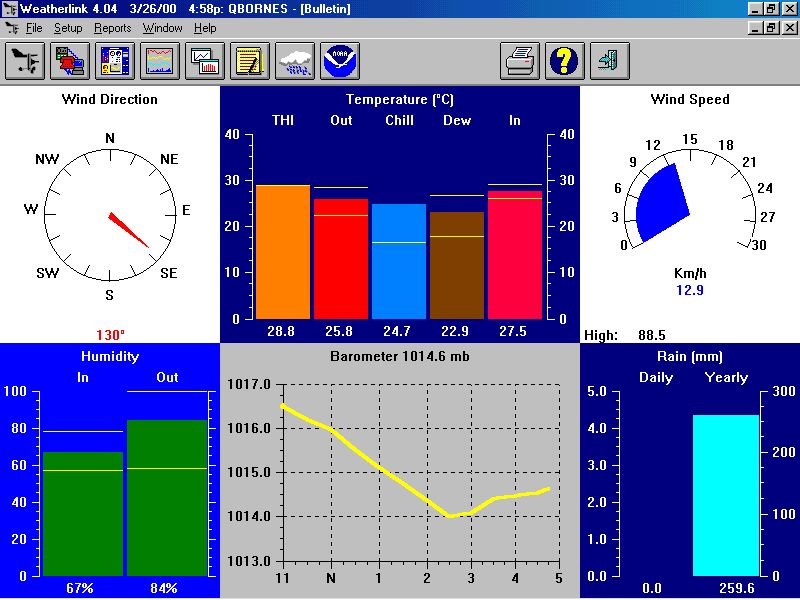APT Pictures
To receive APT (Automatic Picture Transmission) pictures from polar orbiting satellites is quite easy. Normally in a 24 hr period four passes from each of the Noaa satellites are available. Presently Noaa 15 is transmitting on 137.50 MHz , Noaa 18 on 137.10MHz and Noaa 19 on 137.91MHz.
A simple crossed dipoleantenna feeding a receiver such as aRX2 will give good results. It is recommended to use a pre-amplifier between the antenna and receiver to increase sensitivity so that low passes can also be received. A good quality 75 ohms coaxial cable should be used from the pre-amplifier to the receiver
If you have an old VHF TV ant, you could cut it down to make a crossed dipole.(see drawing) The phasing harness and the coaxial going to the pre-amplifier should have an impedance of 50 ohms (RG58). When installed, one of the elements should be oriented roughly east to west.
The RX2 receiver is a kit which is available to members of RIG (Remote Imaging Group) in UK. If you have some basic knowledge of soldering and electronics, it very easy to build. Other receivers are also available but please note scanners are usually not suitable, as the bandwidth is not right. For APT a bandwidth of about 40KHz is required.
To decode the signal from your receiver, you need a program such as WXtoImg. The signal from the receiver is fed to the line in of your sound card.
Current weather Quatre Bornes
Weather Station
The weather station I use is a Davis Weather Monitor II.
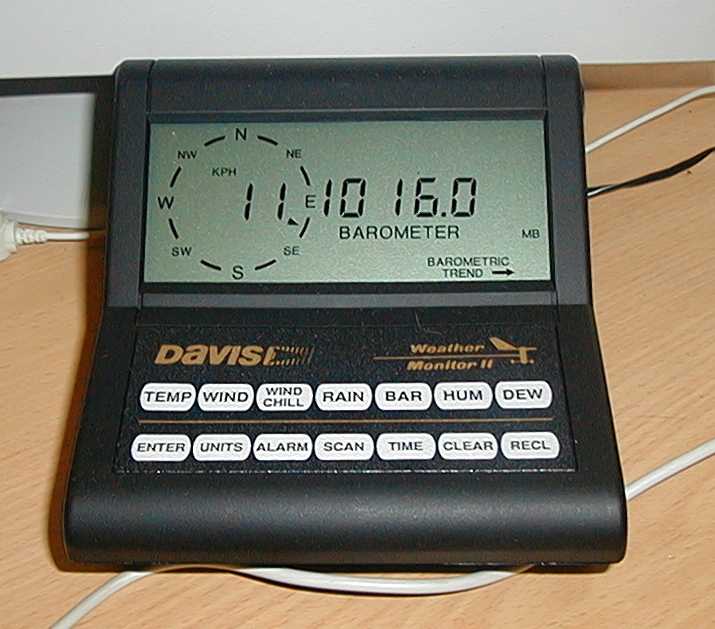
The following accessories are connected to it.
| Temperature/Humidity sensor | Rain collector | Anemometer & Wind vane |
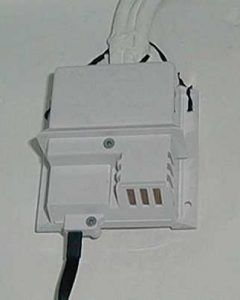 |
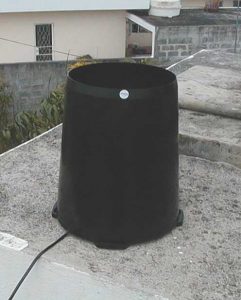 |
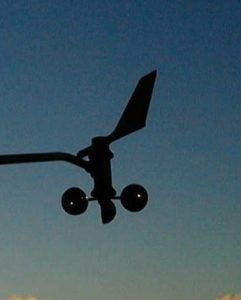 |
I also use the Weatherlink software from Davis which consists of a data logger and software which allows me to connect the station to a PC to store, view, plot, analyse, export and print weather data collected in my case for Quatre-Bornes
